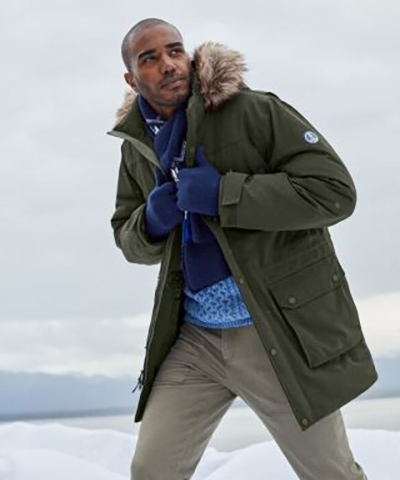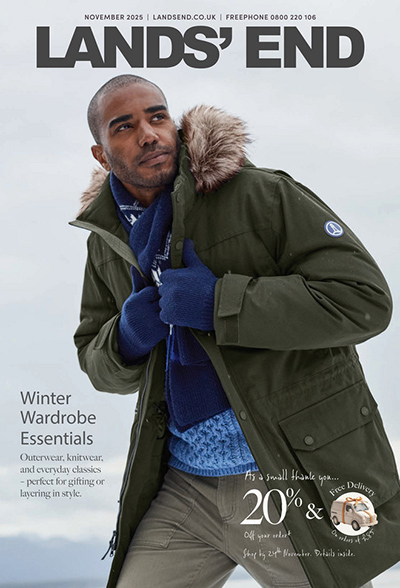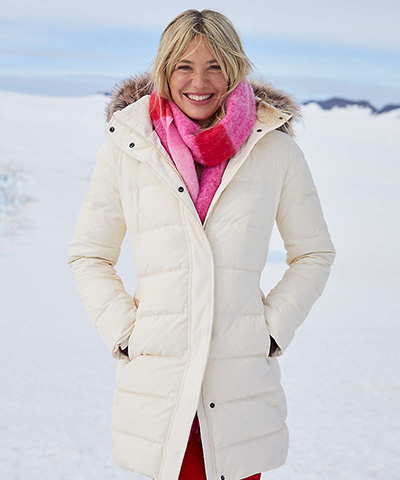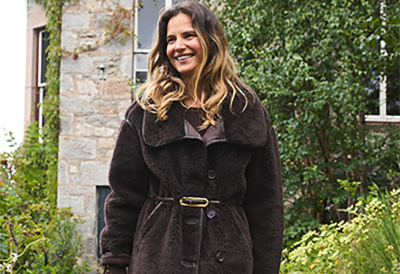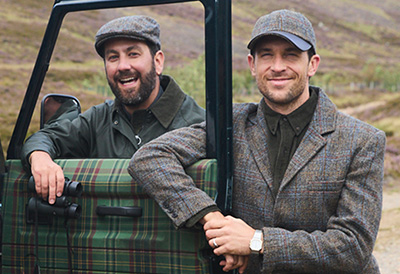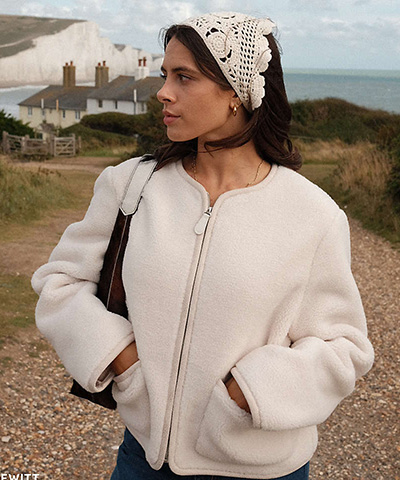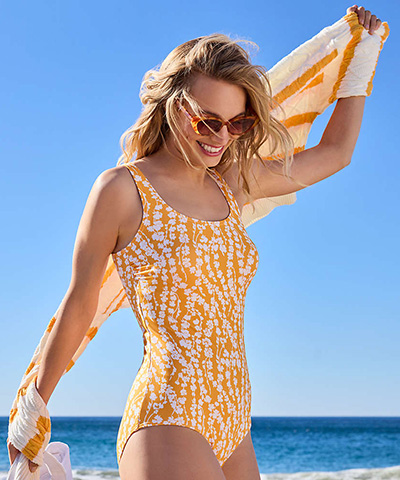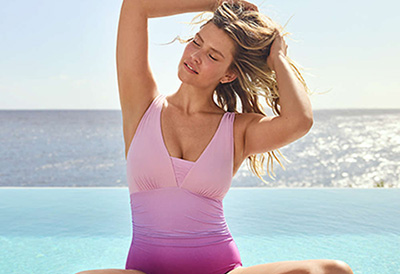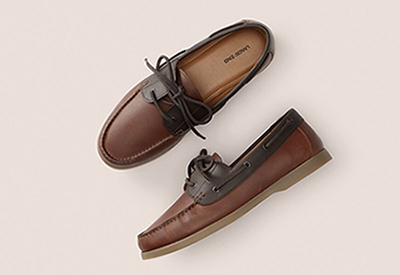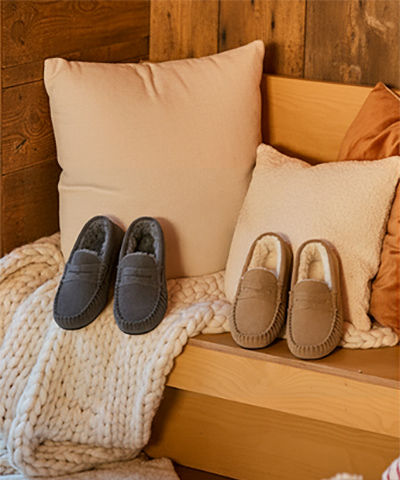
SPF Stories: Sun Protective Clothing Essentials
There was a time when teenage girls would "lay out" wearing oil to get their skin as bronzed as possible, but that time has long since passed. As much as we all still love sunshine, we must embrace protecting ourselves from what we now understand to be harmful rays of the sun when we garden, swim or sail. The more we learn about the potentially dangerous, even fatal, effects of the sun on our skin, the greater the array of products and techniques we use to combat those effects. Most people still want to take hikes, swim and sail, vacation in the tropics, play golf or tennis—lots of activities where sun exposure is a given—so we are here to talk about the sun protective clothing essentials you need to enjoy an active outdoor lifestyle while protecting your skin from the ravages of too much sun.
Jeans and a T-shirt.
You might think that wearing street clothes and a little facial moisturizer with SPF means that you are taking care of your skin, but you may be wrong, depending on what you wear on an everyday basis. The good news is that traditional indigo-dyed denim has an SPF over 100. But white denim doesn’t. You can Google lots of information about how dyes affect SPF and UPF levels, along with the weave or knit of fabric, its fiber content and any special finishes it may have received offer more or less protection. The most basic information is this: A white cotton T-shirt offers some protection. Blue jeans offer great sun protection. A blue poly-blend T-shirt boasts more sun protection than the aforementioned white cotton T-shirt, but not as much as the jeans. If you’re selecting clothing from your existing wardrobe to protect yourself from the sun, tightly woven fabrics that have been dyed are your best bet, and the more literal inches of physical coverage you can get, the better.
An important consideration here is that we no longer have to rely on our street clothes if we specifically need sun protection. The options in sun protective clothing have never been more numerous or more varied. Let’s take a look at some fresh options in sun protective clothing.
Sun protective active wear.
Designers and major retailers have taken the need for sun protection seriously, and it is fairly easy to find activewear that offers UPF 50 protection (for the areas covered, obviously). Golf shirts, shorts, and running clothing are all routinely offered in performance fabric with UPF protection. You may be wondering what UPF means when we so routinely discuss SPF. Briefly, UPF is the sun protection rating applied to clothing. It’s similar to the SPF rating system we use to discuss sunscreens, but SPF pertains only to a sunscreen's effectiveness against UVB rays. These are widely considered the more damaging rays of the sun. UPF, though, factors in a fabric’s effectiveness at protecting you from both UVA and UVB rays. So, when you see a half-zip perfect for jogging that offers UPF 50 protection, it means that garment offers the most complete sun protection that an active wear shirt can.
Purpose-built active wear offers other benefits that make it ideal for wearing in the sun and heat. Specifically, activewear is built for moisture-wicking, so whether you work up a sweat, get caught in a rainstorm, or have to cross a creek, quality active clothing can dry quickly, keeping you cool and protecting you from chafing. Well-designed exercise or outdoor clothing will have flat seams and secure pockets, just to name a few practical features that set it apart from street clothing.
Swimwear and sun protection.
Swimming is generally when we are most exposed to the sun, though that is changing! There will always be itsy-bitsy bikinis and if that’s what you love, slather on the sunscreen and rock that bikini! But if you are looking to kick your sun protective clothing up a notch and enjoy the beach or pool, we are thrilled to tell you it has never been easier to balance beachwear fashion and sun protection. There have never been more options in swimwear than there are right now, and if you shop at a reputable retailer, they likely offer every single piece of swimwear in UPF 50 fabric. That means wherever the garment covers your skin, you have UPF 50 protection; it’s a game-changer.
A cute option—not a frumpy, practical option, but a cute option—in women’s swimwear is to wear a rash guard or swim tee with bikini bottoms or swim shorts. Select a pretty rash guard with a feminine boat neck and three-quarter length sleeves to pair with a traditional brief bikini bottom and you will look chic and appropriate while you enjoy major sun protection on the "hot spots" of your shoulders, upper back and décolletage. If you’re especially sensitive or travelling to a region with harsher sun, you might choose swim capris or board shorts and a full-zip rash guard with a high neck. The possibilities are endless, and can be very attractive.
Sun protective clothing add-ons.
This comes at the end but it is vitally important. Wear a hat. Wear sunscreen. Wear sunglasses. Sun protective clothing doesn’t start at your collarbones and end at your wrists. A good hat with a brim, reliable sunscreen of at least SPF 30 and sunglasses with a 100% UVB protection rating are key to a truly complete sun protective clothing ensemble. We may be as American as the proverbial apple pie (that’s German, by the way) but please take some advice from our friends Down Under. When you’ll be outside, Slip on a shirt, Slop on some sunscreen, Slap on a hat, Seek shade and Slide on some “sunnies.” Protect yourself and any little ones you may be responsible for with sun protective clothing so that you can have lots of fun outside, safe from the risk of the sun’s rays.







